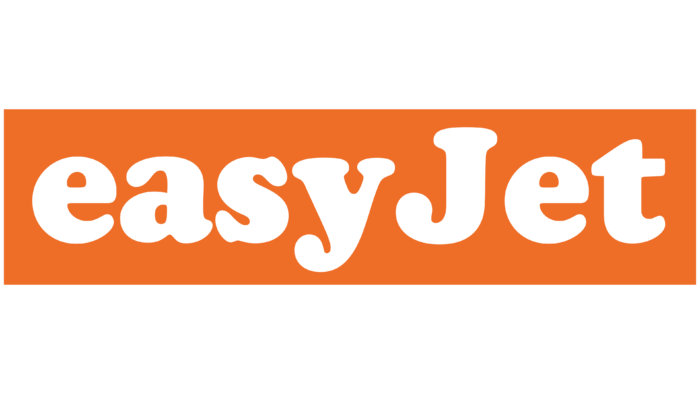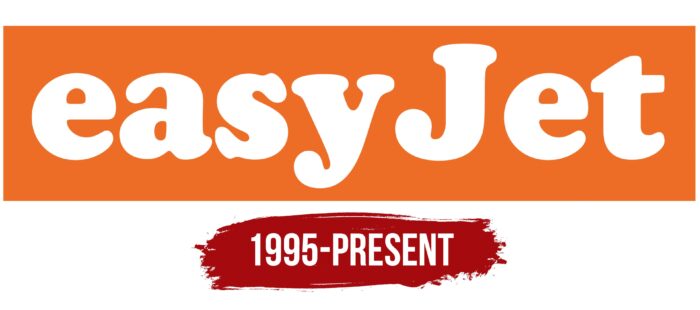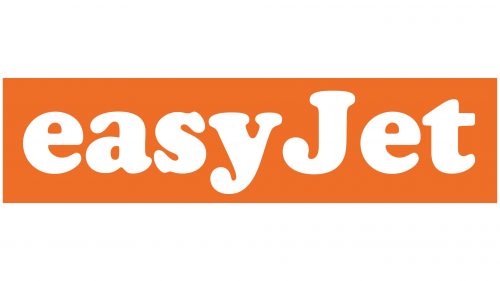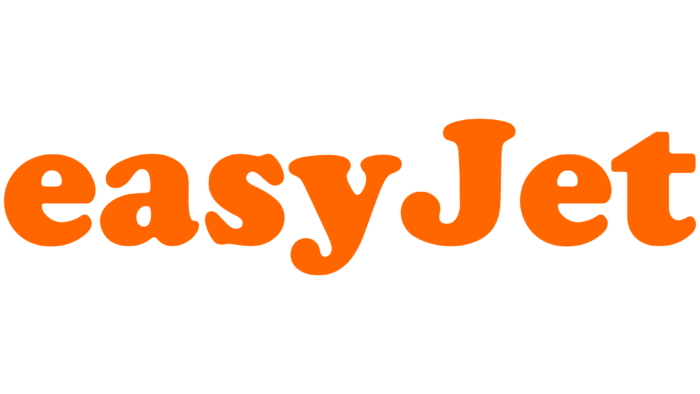The visual identity of this air carrier is clear and simple. EasyJet chose a simple logo to show that they are a budget company with services available to everyone. Soft lines and rounded letters are designed to create trust among customers.
EasyJet: Brand overview
EasyJet is a British airline established in 1995 by Greek Cypriot entrepreneur Stelios Haji-Ioannou. It is one of the largest low-cost airlines in Europe. The company is based in London, at Luton Airport. Today, EasyJet provides both domestic and international flights to over 300 destinations. The company owns 169 aircraft and transports about 50 million people a year. The low-cost airline employs about 12 thousand people, and its net profit is over 420 million pounds.
On October 18, 1995, the aviation world witnessed the debut of a game-changer. Conceived by Greek Cypriot entrepreneur Stelios Haji-Ioannou, this airline set out a clear mission: make air travel affordable and accessible. Armed with two leased Boeing 737-200s, the brand launched its inaugural flights from London Luton to Glasgow and Edinburgh.
In 1996, the company took a significant step by acquiring its first aircraft, which enabled it to introduce international routes to Amsterdam, Nice, and Barcelona. By 1998, the brand had ventured into the Swiss market, purchasing a 40% stake in TEA Basel, soon rebranded as EasyJet Switzerland.
The year 2000 marked the company’s entry into the financial arena as it went public on the London Stock Exchange. This move funded its rapid expansion, including acquiring rival Go Fly in 2002, solidifying its UK budget airline market dominance.
In 2003, the company embarked on an ambitious fleet expansion, ordering 120 Airbus A319s and initiating a gradual transition from Boeing to Airbus aircraft. This bolstered their network and operational efficiency.
A new hub was established at Milan Malpensa in 2007, enhancing the brand’s footprint in Italy. The following year, the acquisition of GB Airways allowed the company to extend its reach from Gatwick to various popular holiday destinations.
Carolyn McCall assumed the role of CEO in 2010, guiding the brand through a period of significant growth in both network size and financial performance. By 2013, the company had ascended to the FTSE 100, joining the ranks of London’s most prestigious companies.
In 2015, as the brand celebrated its 20th anniversary, it marked the milestone of transporting its 700 million passengers. The airline continued to evolve with the creation of EasyJet Europe in 2017, a move to ensure operational continuity within the EU following Brexit.
The company maintained its forward momentum, with Johan Lundgren taking the helm as CEO in 2018. By 2019, the airline’s fleet had expanded to over 330 aircraft, primarily Airbus A320s, servicing more than 1000 routes across 30 countries.
Meaning and History
Visual brand recognition is high as more and more passengers prefer cheap flights that save significant amounts of money. Moreover, EasyJet was created relatively recently, so an active advertising campaign continues. Consequently, thousands of potential passengers see the logo of the low-cost airline every day. Over 25 years of EasyJet’s presence in the air travel market, one version of the logo has been introduced to the target audience. It practically did not change during this time; bright colors and a short name remained in customers’ minds for a long time.
What is EasyJet?
This is one of the largest low-cost carriers in the world. Millions of people annually buy tickets for this company’s flights, thanks to an adequate price and quality service. EasyJet airlines continue to develop rapidly, as evidenced by the rapid growth of profits.
1995 – today
The logo’s self-identity and uniqueness are the main features of EasyJet. Friendly colors and a pleasant name evoke friendly emotions among potential customers of the low-cost airline. As a rule, this is a white-word inscription depicted on an orange background. The name used a classic bold serif font with rounded corners in the letters. It looks very modern and harmonious.
Also, one of the features of the logo can be considered that the only capital letter is not the first “E” but “J,” which is in the middle. Thus, references to symbolism and visual illusions are demonstrated. The company is trying to demonstrate movement that is directly related to the movement of the aircraft. This choice can be considered adequate for the airline.
Sometimes, the EasyJet low-cost airline uses an icon with a lowercase letter “e,” which is identical to the one shown on the logo. The emblem is inside an orange circle. This option is used on the airline’s official website and other resources.
White letters on an orange background effectively contrast with each other and arouse interest among the target audience.
Font and Colors
The EasyJet wordmark used a classic bold serif font with thick lines in the letters. The name is easy to read and attracts the attention of interested users who want to purchase a flight ticket at the lowest price.
A muted but quite bright shade of orange looks appropriate and progressive. The company uses white letters on an orange background or orange symbols on a white background. In any case, light colors evoke positive emotions. Desaturation with many shades allows EasyJet to place the logo on almost any surface.






